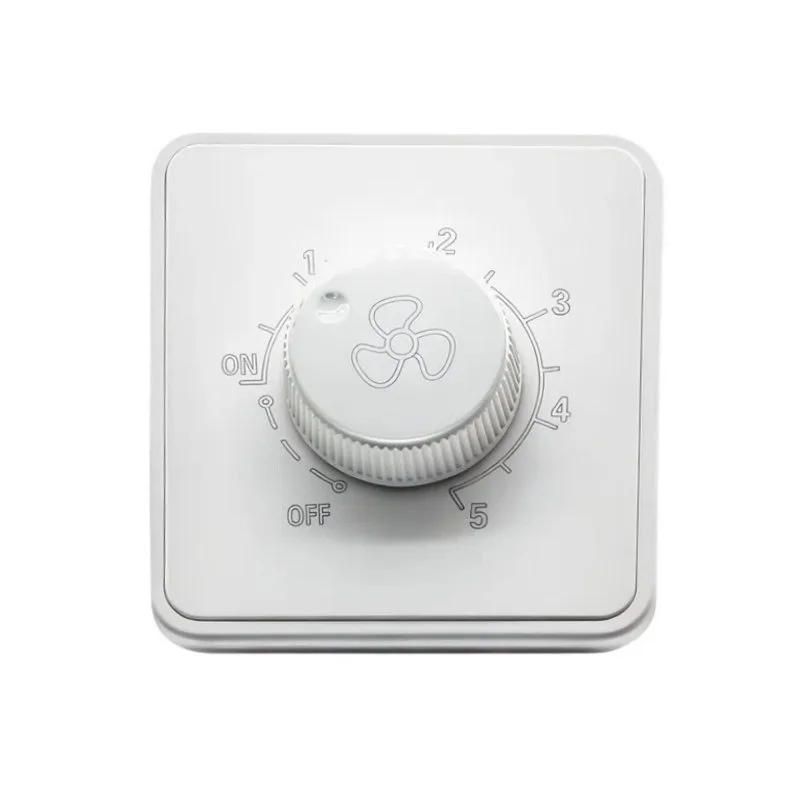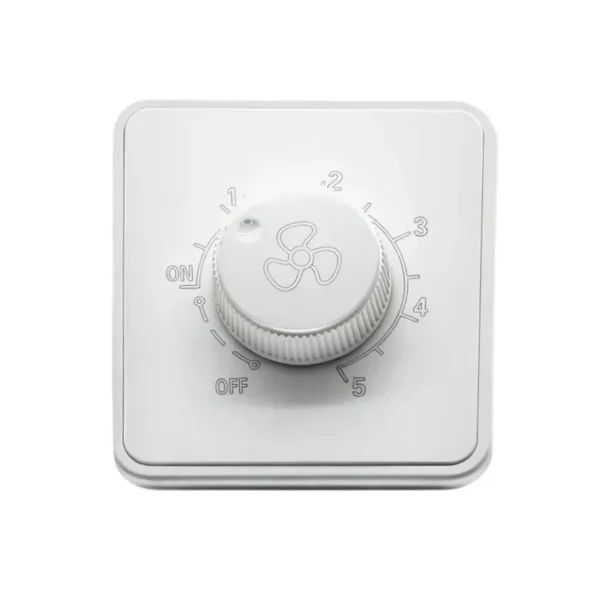
The Ultimate Guide to Choosing a New HVAC System for Your Home or Business
Installing a new HVAC system is a major investment that affects your comfort, energy bills, and indoor air quality. Whether you’re replacing an old unit or installing one for the first time, this guide will help you make the best decision for your needs while optimizing for energy efficiency, cost savings, and long-term performance.
Why Upgrade to a New HVAC System?
Older HVAC systems (10+ years) lose efficiency, leading to:
✔ Higher energy bills (up to 30% more than modern systems)
✔ Frequent repairs (costing hundreds per year)
✔ Poor air quality (dust, allergens, and humidity issues)
✔ Inconsistent heating/cooling (hot and cold spots in your home)
A new HVAC system improves comfort, lowers utility costs, and may qualify for tax credits or rebates (check ENERGY STAR® or local utility programs).
Types of New HVAC Systems
1. Central Air Conditioning & Furnace (Split System)
Best for: Homes with ductwork
Pros: Reliable, whole-home cooling/heating
Cons: Duct leaks can reduce efficiency
2. Heat Pumps (Ducted or Ductless Mini-Split)
Best for: Moderate climates (efficient in both heating & cooling)
Pros: Energy-efficient (up to 300% efficiency), no gas line needed
Cons: Higher upfront cost, less effective in extreme cold
3. Ductless Mini-Split Systems
Best for: Older homes, room additions, or zoning
Pros: No ductwork needed, customizable per room
Cons: More expensive for whole-home installation
4. Geothermal Heat Pumps
Best for: Eco-conscious homeowners
Pros: Extremely efficient (up to 500% efficiency), low operating costs
Cons: High installation cost ($15,000–$30,000)
5. Hybrid (Dual-Fuel) Systems
Best for: Areas with fluctuating temperatures
Pros: Combines a heat pump + gas furnace for optimal efficiency
Cons: More complex, higher initial cost
Key Factors When Choosing a New HVAC System
✅ 1. Energy Efficiency Ratings
SEER (Cooling Efficiency): Look for 16+ SEER (higher = better savings)
HSPF (Heat Pump Heating Efficiency): Aim for 8.5+ HSPF
AFUE (Furnace Efficiency): 90%+ AFUE recommended
✅ 2. Proper Sizing (Avoid Oversizing or Undersizing)
A Manual J Load Calculation ensures the right size (too big = short cycling, too small = overworking)
✅ 3. Smart Thermostat Compatibility
Systems with Wi-Fi thermostats (like Nest or Ecobee) optimize energy use
✅ 4. Warranty & Maintenance
Look for 10-year parts warranties and annual maintenance plans
✅ 5. Cost & Financing Options
Average cost: $5,000–$12,000 (depending on system type)
Financing: Many HVAC companies offer 0% APR or low-interest loans
How to Find the Best HVAC Installer
✔ Check licenses & certifications (NATE, ACCA, or local HVAC licenses)
✔ Read reviews (Google, BBB, Yelp)
✔ Get 3+ quotes to compare pricing and warranties
✔ Ask about rebates (ENERGY STAR, local utility incentives)
Final Thoughts: Is a New HVAC System Worth It?
A new HVAC system can lower energy bills by 20–40%, improve comfort, and increase home value. The right choice depends on your climate, home size, and budget.
Need help choosing? Contact a local HVAC expert for a free consultation!

